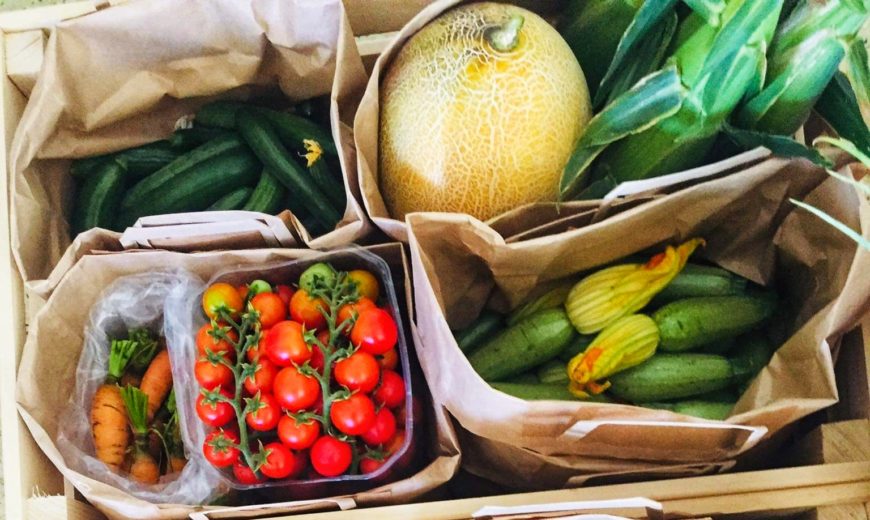
Garden like a pro in 40-degree weather with these hot summer gardening ideas and hacks
Most think that the summer is the worst time for the home vegetable garden – especially when temperatures soar into the high 40s and threaten to cross 50 degrees, as it does often in the Gulf! The truth is you can garden in the summer by utilizing simple tweaks and hacks. I’ll even show you how you can take advantage of the heat to do some excellent prep work in your home garden for the cooler weather that follows!
Want to start an organic vegetable home garden? This checklist is where it starts!
The ‘Absolutely Essential Vegetable Gardening Checklist’
Make the most of the summer… in your garden!
While sweating in volumes and the looming danger of sunstroke is a put-off for most when it comes to summer gardening, by planning smart you can make a holiday of it. I’m going to share with you some home gardening summer hacks that we use on the organic farms we’ve developed to take advantage of the summer. Our organic farms can’t take summer breaks, because families depend on us to provide them food. So, while it would be nice to take a summer break, we mostly don’t as our farms produce around the clock. Clearly this is more of a challenge in the Gulf region than other areas of the Middle East, and even more so without special interventions like cooled greenhouses.
The summer farm hacks you can use in your home garden today
During the core summer months of June, July and August in the Gulf region, there’s so much you can do.
These include things like cover cropping, green manuring and solarization. I’ll share with you a list of the vegetables that you can grow in the summer in both the Gulf and the Levant so that your garden keeps producing even as the temperature keeps rising 🌡️
Summer Hack #1: Use cover-crop!
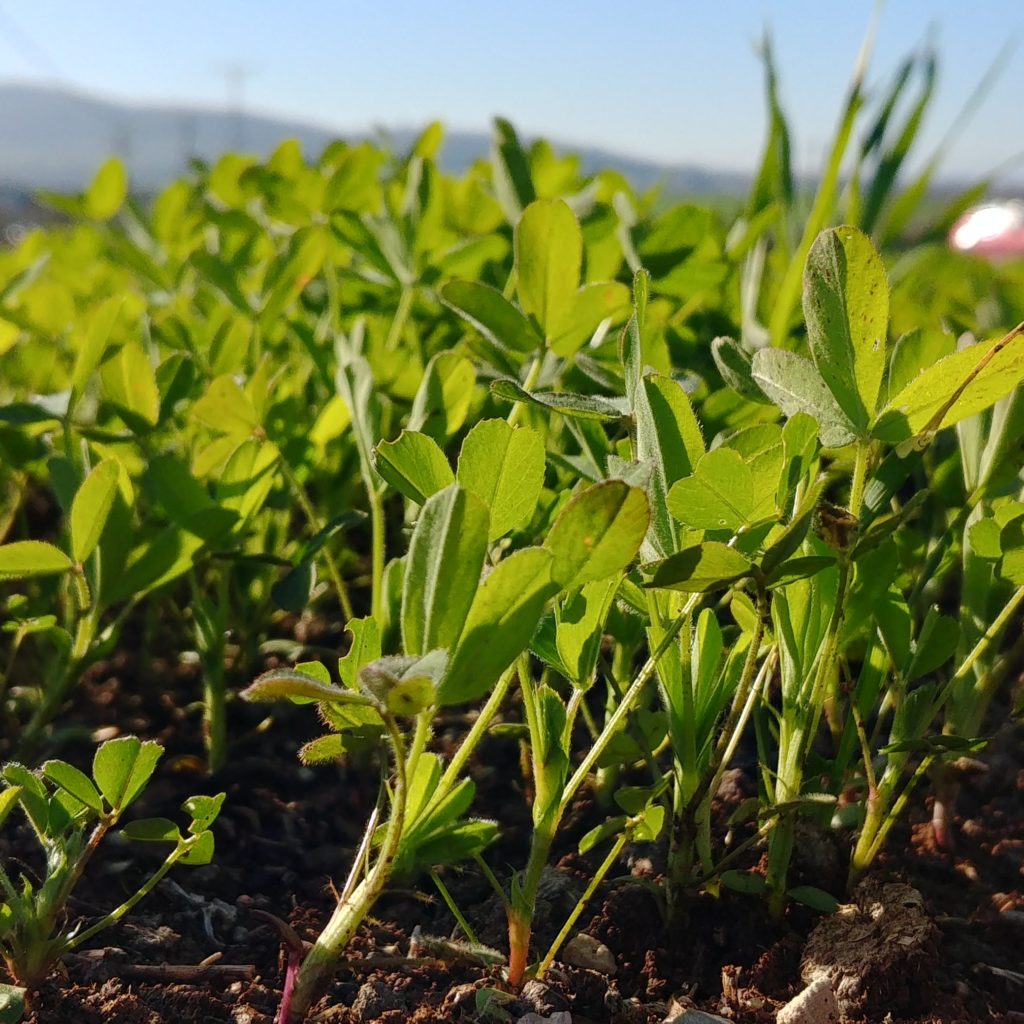
And then make it green manure!
Cover-cropping is planting living plants over the entire area of the soil to prevent soil erosion. It also suppresses weeds, maintains soil moisture, and encourages microbial activity in the soil. Excellent cover crop species to plant over the summer are buckwheat and alfalfa, but I’ve even seen molokhia being used!
Green-manuring simply means cutting down the cover crop and incorporating it into the soil.
Spread the seeds by ‘broadcasting’ (as if feeding birds) and then lightly cover the seeds with soil by using a rake.
As with all core summer month plantings, I would use a shade netting to protect the cover crop from the intensity of the sun, and would water them as required.
After about 8-10 weeks of growing a crop like alfalfa, you will notice the plants begin to flower. When about 50% of the plants have flowered, chop them down and incorporate them into the soil. Alfalfa adds nitrogen and both it and buckwheat will add biomass.
Cover them with mulch – either straw or plastic mulch – until you are ready to plant your vegetables. Leave them to decompose at least for a week under the mulch.
Summer Hack #2: Throw some shade on it!
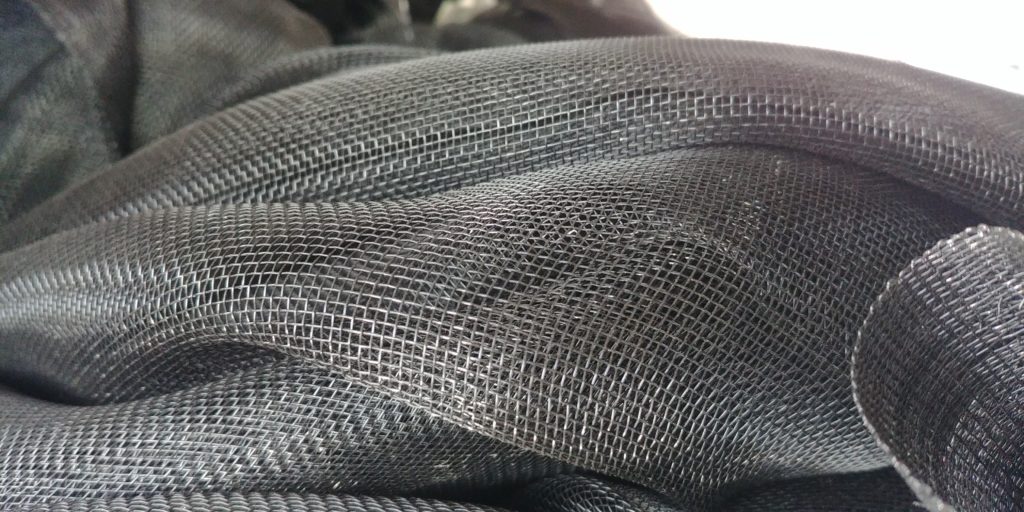
If you live in the Gulf, when growing in the core summer months, install a 50%+ shade-netting above all your summer vegetables; these are available at most garden stores. Shade netting reduces air and plant temperature and also helps prevent sunburn.
If you live in the Levant, install a 30%-50% shade-netting above some of your vegetables that appreciate cooler temperatures, such as cucumber, green onions, kale, lettuce and parsley.
Did you know that shade-netting can reduce the temperature on the fruits by more than 10 degrees?
You can also mist the shade cloth with water to further reduce the temperature.
Summer Hack #3: Solarize your soil
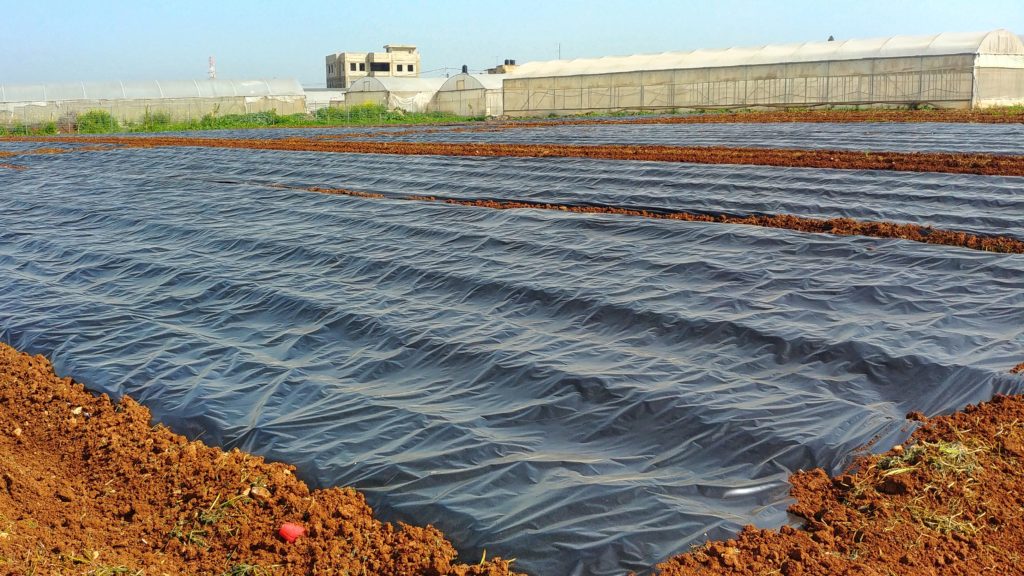
The best way to take advantage of the summer is to use the summer heat to your benefit! Heat kills pathogens, including nematodes and harmful bacteria and fungi that live in your soil and are responsible for various plant diseases.
This is how you solarize your soil:
- Tightly spread a layer of transparent or black polyethylene plastic over your soil in the hottest summer months. It is enough to spread it for one to two months anytime in the core summer months in the Gulf, and in July and August in the Levant.
- Water your soil well before you solarize it.
- Use bricks or weights to keep the plastic down.
- To solarize soil in containers, empty the soil in black garbage bags, place them on an elevation, and when soil temperatures exceed 70 degrees, the soil needs only an hour or two to be solarized.
Note that if you are planning on cover cropping and green-manuring your crop, it is better to do so *before* solarization, since solarization is harmful to the rhizobacteria that fix nitrogen in a cover-crop like alfalfa!
Summer Hack #4: Plant heat-loving crops in the summer months
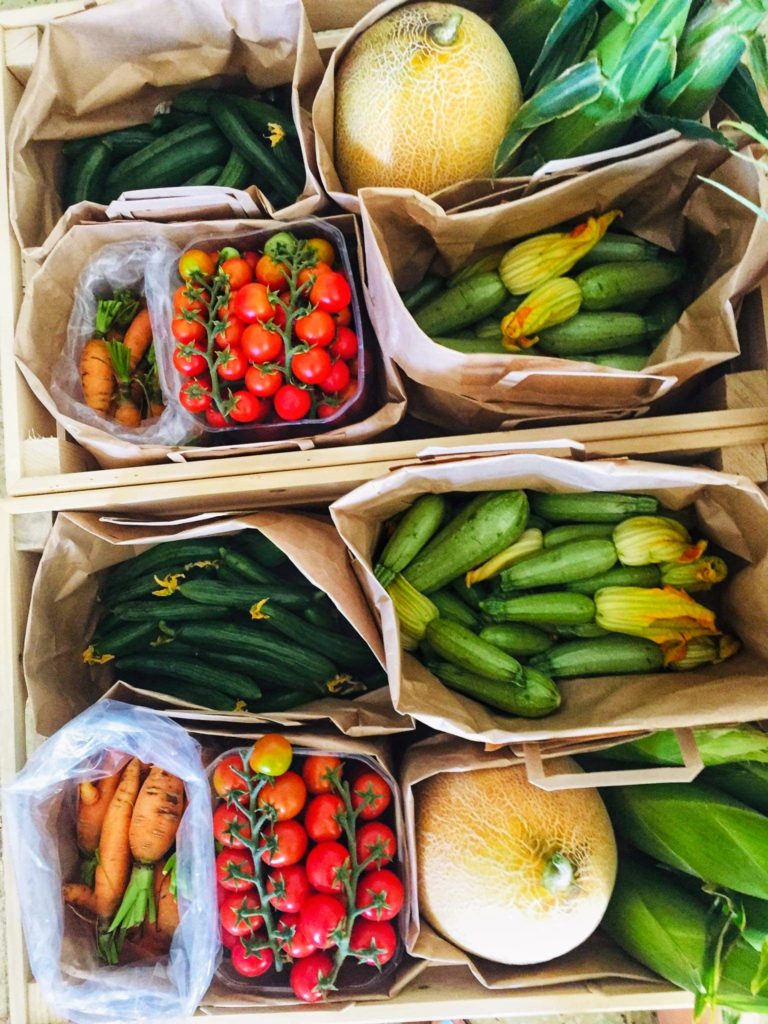
If you live in the Gulf
- between the months of June-August, you can plant
Amaranth
Purslane
Sweet Potato
- between the ‘warm season’ summer months of March-May and September-October you can plant:
Basil
Corn
Cucumber
Eggplant
Loobiya (cowpea)
Melons – watermelon, sweet melon
Okra
Peppers
Squashes – zucchini, gourds
Tomato
If you live in the Levant i.e. in Palestine, Lebanon, Syria and other parts of the Middle East with a similar climate:
between the summer months from March to August, you can plant all of the above. However, it is best to avoid planting cucumber, sweet melon, watermelon and zucchini in the hottest summer months in the Levant, which is in July and August.
For both the Gulf and the Levant, you can grow herbs -like parsley and mint – indoors throughout the year by planting near a bright window.
Summer Hack #5: Mulch your soil
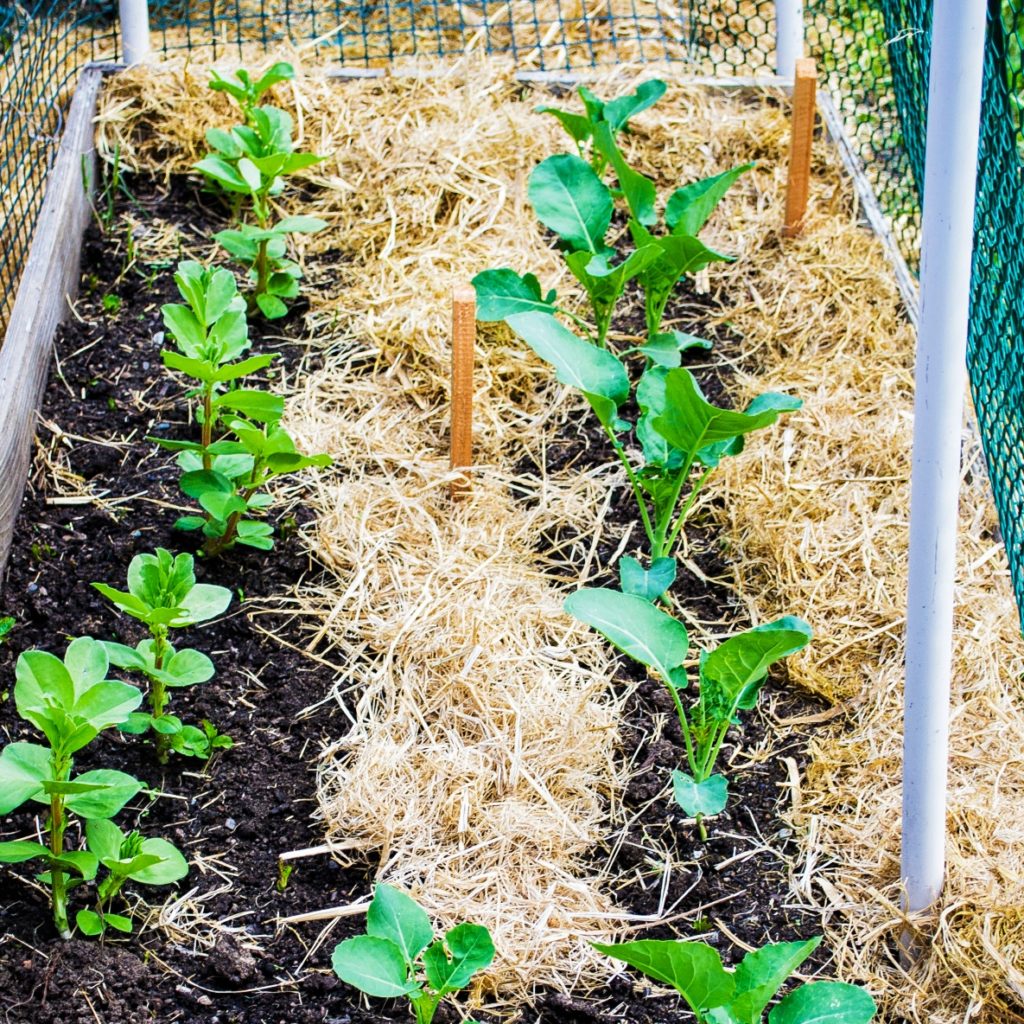
In order to conserve soil moisture, reduce evaporation and protect microbial life, it is important to cover your soil.
- Use 2-3 inches of organic mulch such as straw, wood chips, wood shavings or compost on the surface of your soil and around your plants.
- You can also you use black plastic mulch if you don’t have organic options. Hold the mulch down with garden staples, or bury them under the soil, and if they stay in good shape, consider reusing them for a second season.
Additional Tips to Implement in the Summer Garden
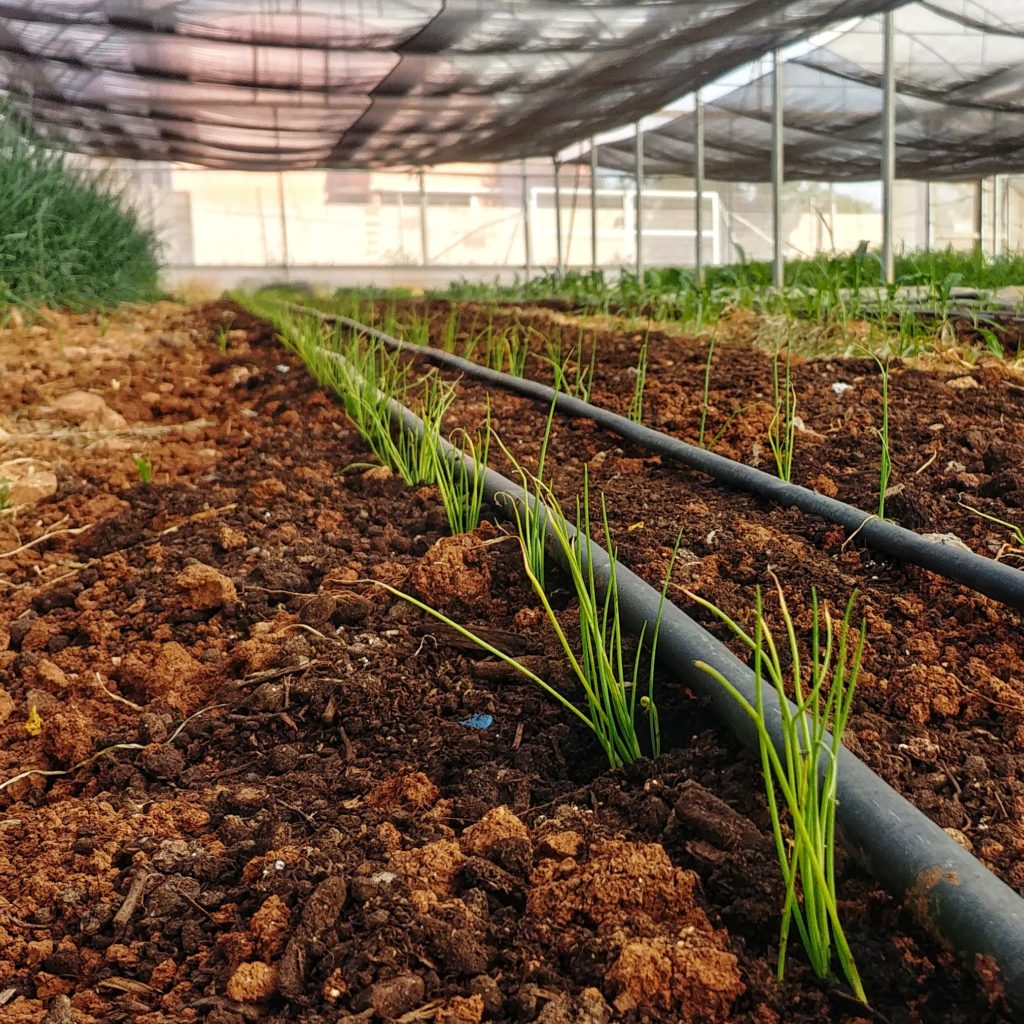
These are other best practices to keep in mind when managing your summer garden:
-
Harvest often
Plants produce much more during the summer months than they do in winter. This goes for okra, eggplants and zucchini, so make sure to harvest often – every 2 to 3 days – or the plant will stop producing.
-
Water more
Needless to say, as the sun’s heat increases plant transpiration (loss of water from the plant) and soil evaporation (loss of water from the soil), so your plants get thirstier and need to be given water more often. We tend to water twice as much in the summer than in the winter; but check your soil to know if it’s time to water before you do.
-
Plan for next season
Whether you are planning for the winter season in the Levant (September – March) or the ‘warm season’ in the Gulf (September-October), if you have downtime in the summer, it’s a great time to plan what you will grow next season.
-
Start your transplants indoors
For vegetables that go into the ground in September, the summer is the time to start transplants indoors. You can do this for eggplant, cucumber, tomatoes and peppers.
-
Watch for pests
There are many pests that thrive in warm weather, including aphids, lepidoptera, spider mites , squash bugs, thrips and the like. Learn how to identify them and use organic control methods to keep their numbers in check.
This summer, you don’t need to give in to the extreme weather. Just follow the above hacks and best practices, and you won’t break a sweat in the garden! Remember, just like your plants, stay hydrated!
Gardening Resolutions: 7 No-Brainer Reasons to Grow a Garden in 2021 - SoWeGrow
April 8, 2021[…] blog articles are great for beginner gardeners – such as starting seeds indoors, ensuring a thriving garden in the summer heat, managing pests organically, and having a garden growing parsley, growing mint and having molokhia […]